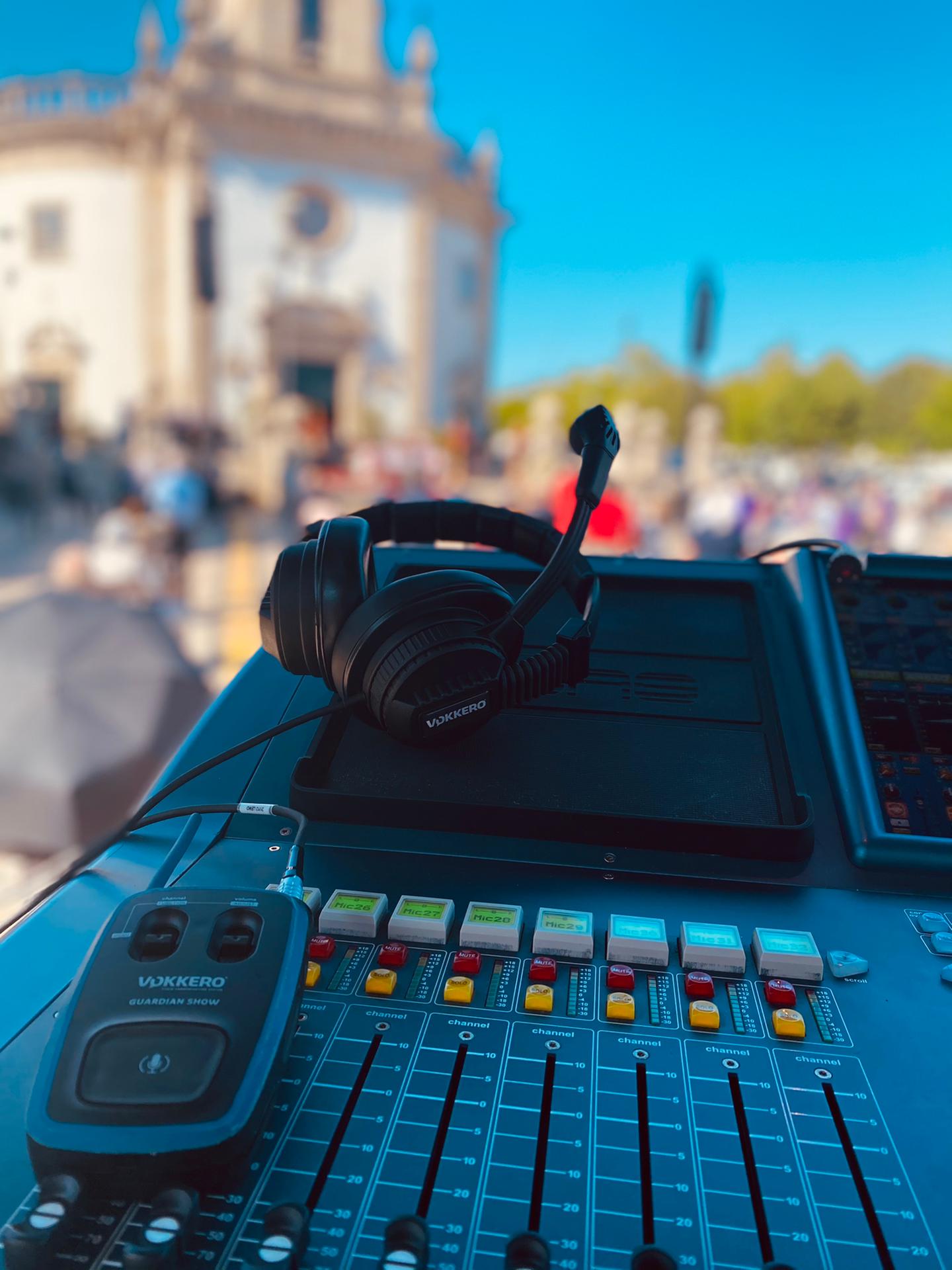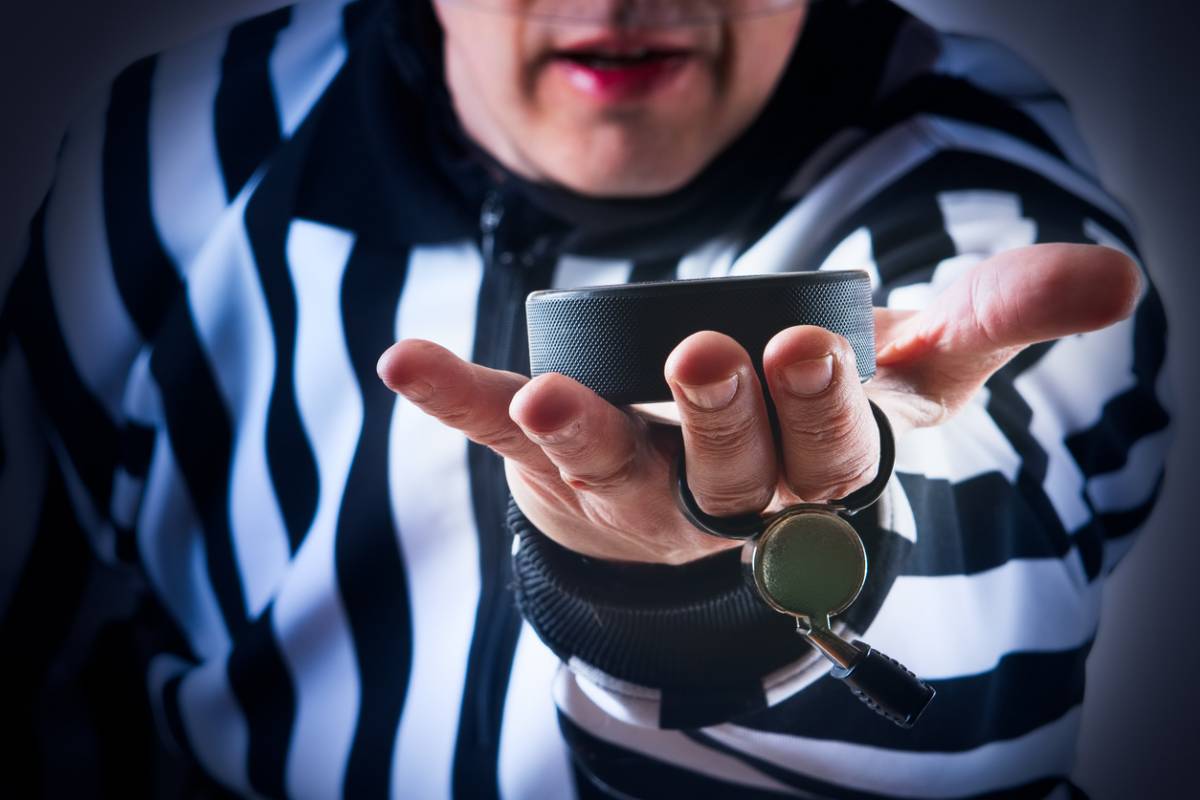Behind every image, precise coordination
When watching a concert, TV show, or theater performance, the audience experiences the magic of the spectacle. What the public doesn’t see, however, is the constant coordination among technical teams: camera operators, sound engineers, lighting technicians, and stage managers all must communicate instantly to ensure a seamless and flawless production.
In an industry dominated by live broadcasts and “one-shot” takes, communication is the key to success.
The limitations of traditional solutions
Historically, audiovisual teams relied on standard walkie-talkies. However, these tools quickly reveal their limitations:
- Push-to-talk communication, poorly suited for multitasking.
- Poor sound quality
- Risk of interference at events with high technical density.
These constraints have driven the industry to adopt more modern solutions, capable of adapting to the diverse demands of audiovisual productions.
The rise of full-duplex wireless communication
Today, the trend is clear: full-duplex wireless audio systems are gradually replacing traditional walkie-talkies. Why? Because they offer:
- Continuous conversation, just like on a phone,
- Optimized audio clarity, even in noisy environments,
- Complete flexibility, with no cables or installation constraints.
It is this technological evolution that allows productions to achieve greater fluidity and professionalism.
Un enjeu stratégique pour l’avenir de l’audiovisuel
In the era of streaming, major international shows, and hybrid productions (on-site + digital), technical communication has become a strategic investment. It is no longer just a logistical tool: it directly impacts the quality of the spectator experience and the efficiency of the teams. This is the context in which solutions such as VOKKERO SHOW and VOKKERO STAGE have been developed, designed to meet the different levels of production, from international festivals to local theaters.
Behind the spotlight, technical communication is an invisible yet essential link. It is rapidly evolving, driven by technologies that go beyond the limits of traditional event walkie-talkies.
Tomorrow’s most successful audiovisual productions will be those that invest in communication solutions that are reliable, intuitive, and tailored to their needs


